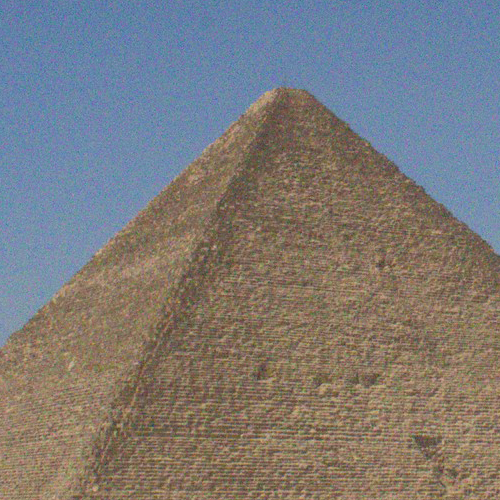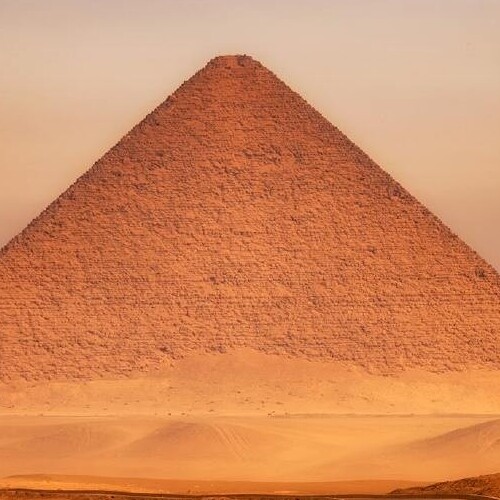No other nation in the world says ‘Welcome’ as often as the Egyptians, and every time, they mean it. While the ancient civilization of Egypt continues to amaze, contemporary Egyptians are equally remarkable.
Abusir Necropolis
Between Light and Shadows: Exploring the Enigmatic Abusir Necropolis
Abusir Necropolis, often overshadowed by its more famous neighbors like the Giza Plateau and Saqqara, is a captivating site that holds a special place in Egypt’s ancient landscape. Nestled between Giza and Saqqara, Abusir serves as a crucial link in understanding the development of royal necropolises during the Old Kingdom, particularly during the 5th Dynasty. This period, spanning roughly from 2494 to 2345 BCE, was marked by significant architectural, cultural, and religious developments.
The Sun Temples and Pyramids
The Abusir Necropolis is best known for its series of pyramids built by the pharaohs of the 5th Dynasty. Unlike their predecessors who primarily focused on constructing monumental pyramids, these rulers placed a greater emphasis on sun worship, leading to the construction of sun temples alongside their pyramids. The most notable sun temple at Abusir is that of Nyuserre Ini, which is among the best-preserved examples, offering insights into the religious practices of the time.
The pyramids at Abusir, although not as grand as those at Giza, are remarkable for their historical significance and architectural features. Key pyramids include those built for Sahure, Neferirkare Kakai, and Niuserre Ini. These structures, though now largely in ruins, reveal a wealth of information about the construction techniques, funerary practices, and artistic endeavors of the era.
Archaeological Significance
Abusir has been a fertile ground for archaeological research, yielding a treasure trove of artifacts, papyri, and tomb reliefs that provide a deeper understanding of ancient Egyptian civilization. The discovery of the Abusir papyri, in particular, has been instrumental in shedding light on the administrative and economic aspects of the Old Kingdom. These documents, found within the temple complexes, offer a glimpse into the daily operations and religious rituals of ancient Egypt.
A Site of Continual Discovery
Despite the extensive excavations that have taken place, Abusir continues to be a site of continual discovery. Archaeologists are still uncovering new tombs, offering fresh insights into the lives of the individuals who were part of the royal court and administration. Each discovery helps to piece together the complex puzzle of Egypt’s past, providing a more nuanced understanding of its society, culture, and architecture.
The Experience of Visiting Abusir
For those interested in exploring Egypt’s ancient history, a visit to Abusir offers a unique opportunity to step back in time. Walking among the ruins, one can’t help but be struck by the sense of continuity and innovation that defined the 5th Dynasty. Abusir’s quieter, less-traveled grounds allow for a more contemplative exploration of Egypt’s ancient wonders, away from the crowds that often gather at Egypt’s more famous sites.
In conclusion, Abusir Necropolis is a testament to the ingenuity and religious devotion of the ancient Egyptians. It stands as an essential chapter in the story of Egypt’s monumental architecture, reflecting the shifts in religious and cultural practices that occurred over millennia. For those drawn to the mysteries of the past, Abusir offers a deeply enriching experience, connecting visitors with the enduring legacy of one of history’s most fascinating civilizations.
GIZA Travel Guide



